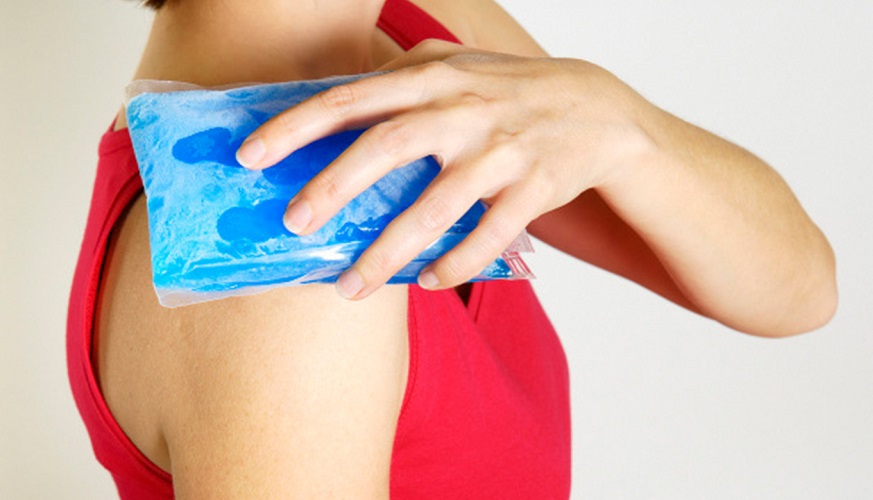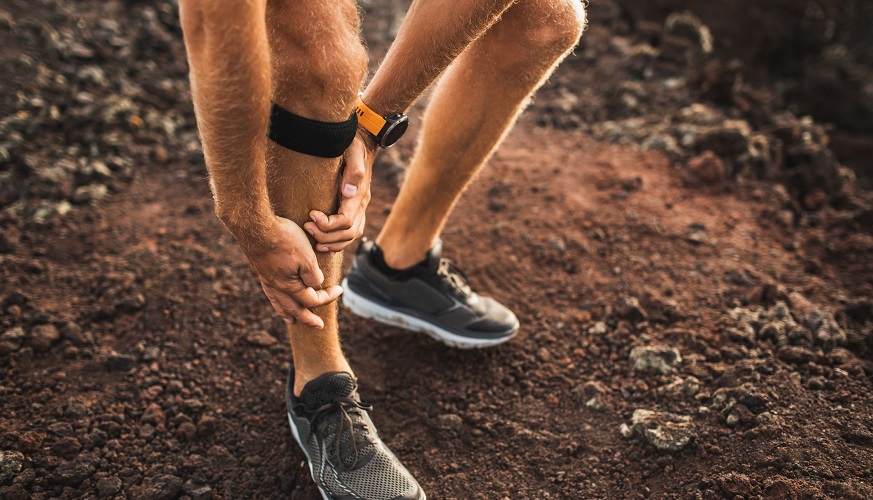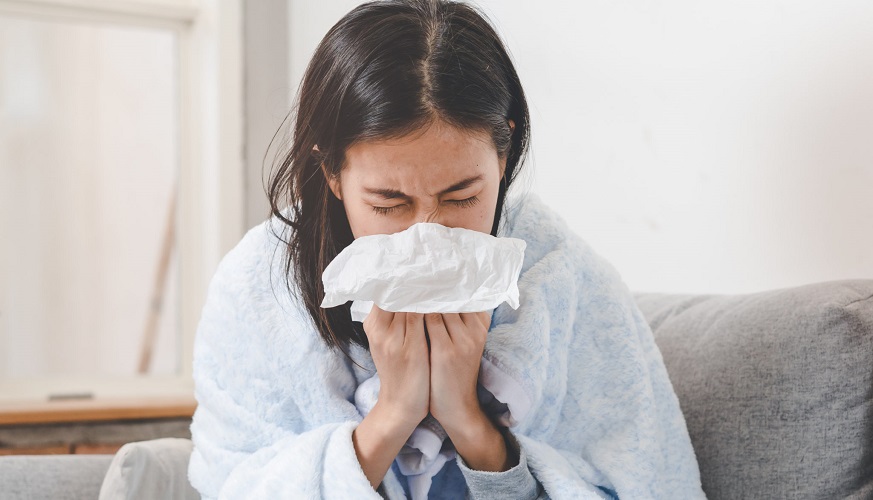One of the hardest things about exercise is not so much the act itself, but the motivation for doing it. When you are trying to work on your fitness on your own, it’s hard to get into the right mindset. But what if you got your friends involved and made it a social occasion?
There are many different and fun exercises you can do with those you love. You then not only reap the physical benefits but the mental ones as well.
Cycling
Whether you’re going for a casual pedal around your city streets or something more exhilarating on a mountain biking track, there’s no denying it can be a rewarding form of exercise. While cycling is a fun pastime on your own, it becomes a social occasion with friends.
What’s more, it’s good for your body. If you bike at a moderate speed of 19km per hour, you can lose up to 298 calories in just half an hour.
Attend a Group Fitness Class
Going to a gym class on your own can be quite daunting at first. You can also struggle with motivation to turn up in the first place. However, if a friend enrols with you, you rely upon each other to attend. You can end up having a lot of fun and getting that much-needed 30 minutes of moderate to intense exercise every day.







